Muzeum – Orawski Park Etnograficzny w Zubrzycy Górnej
Museum





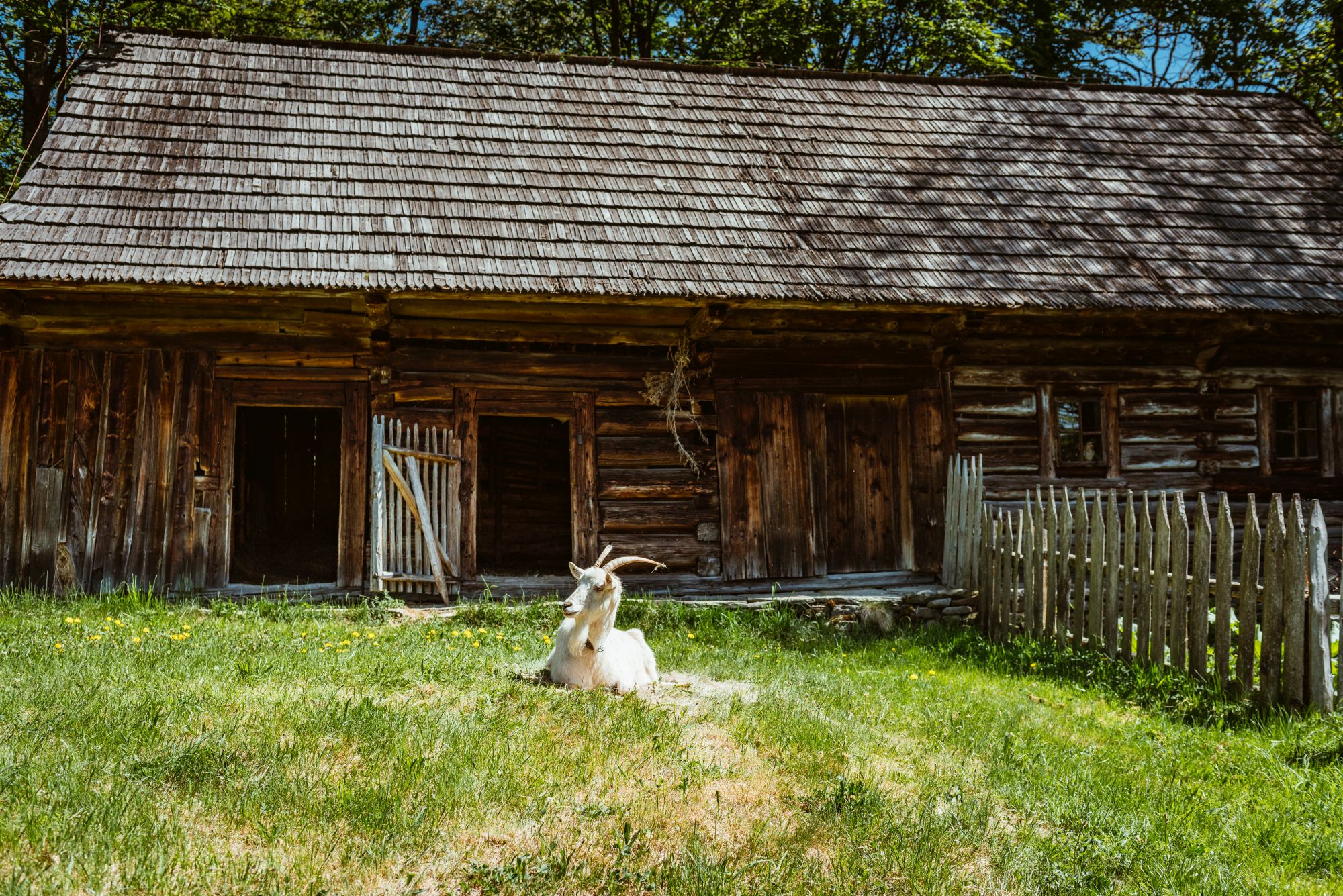
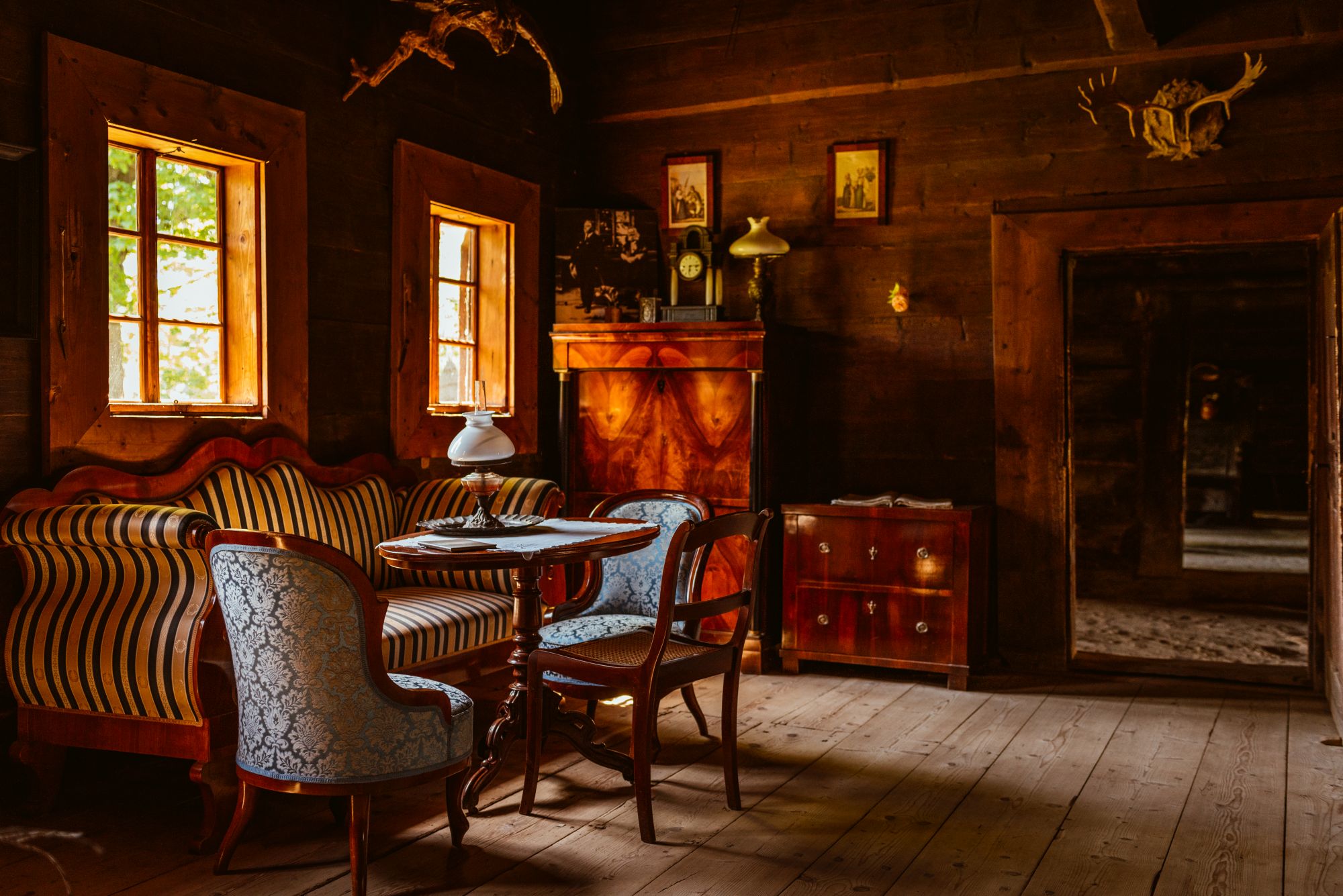
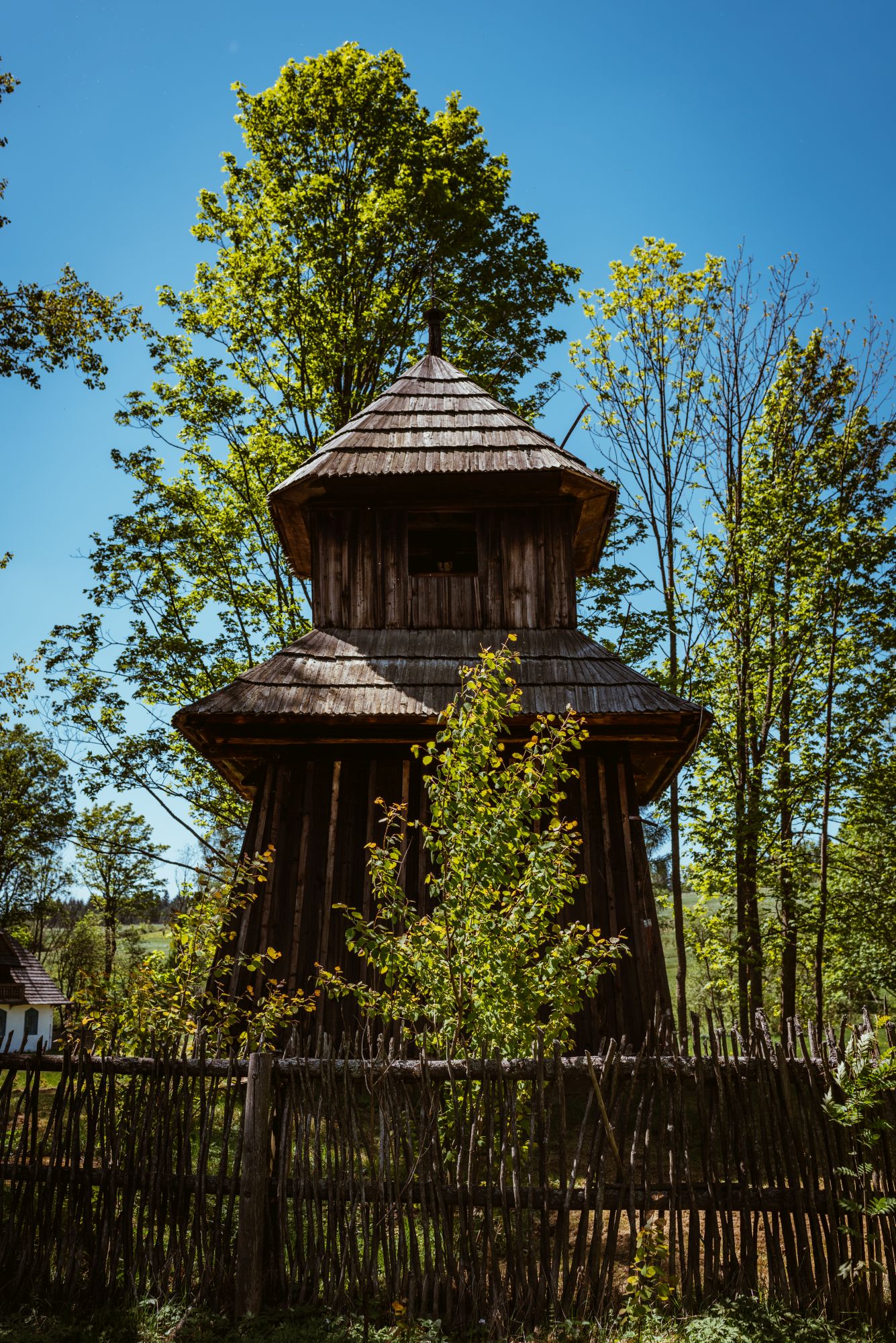
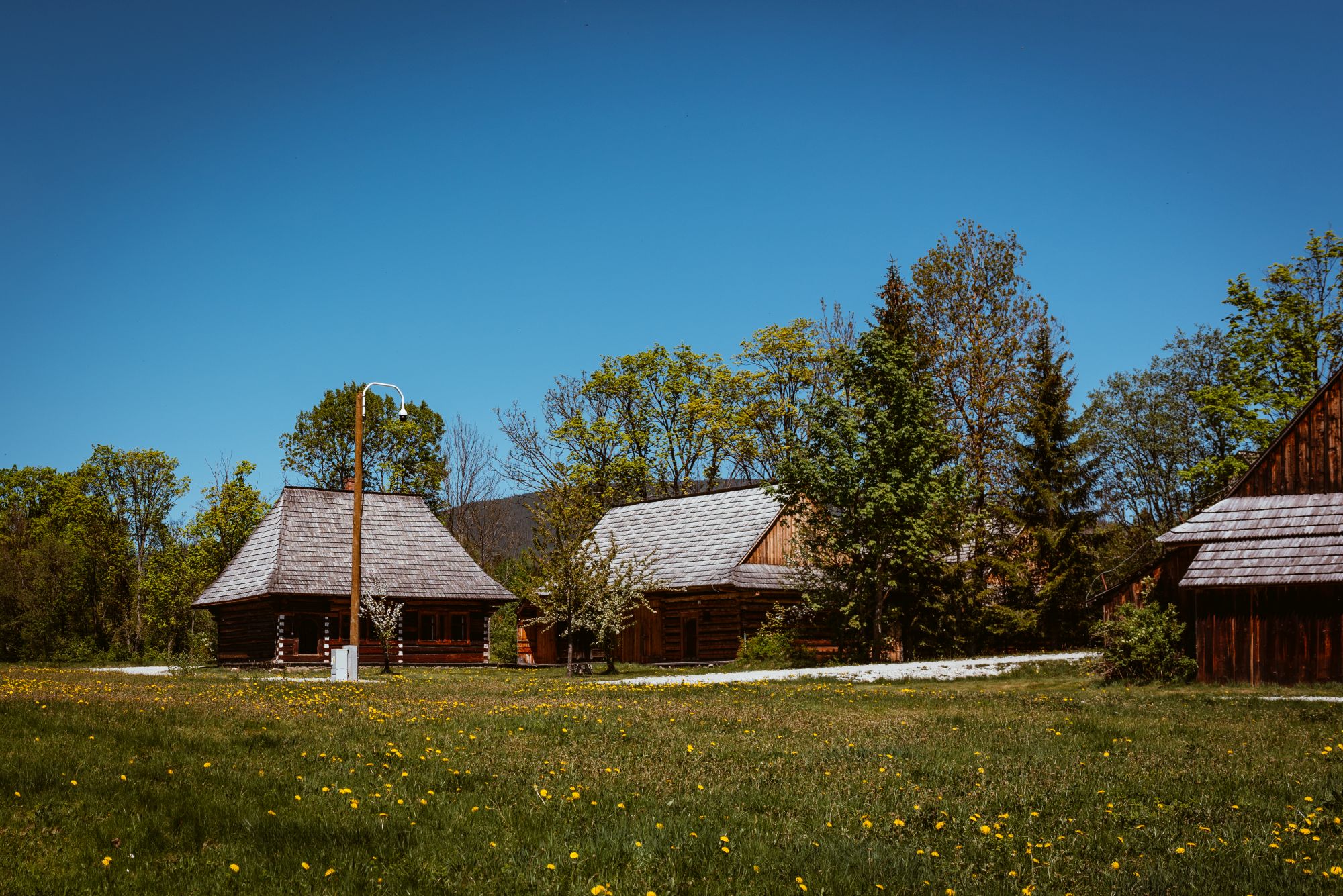
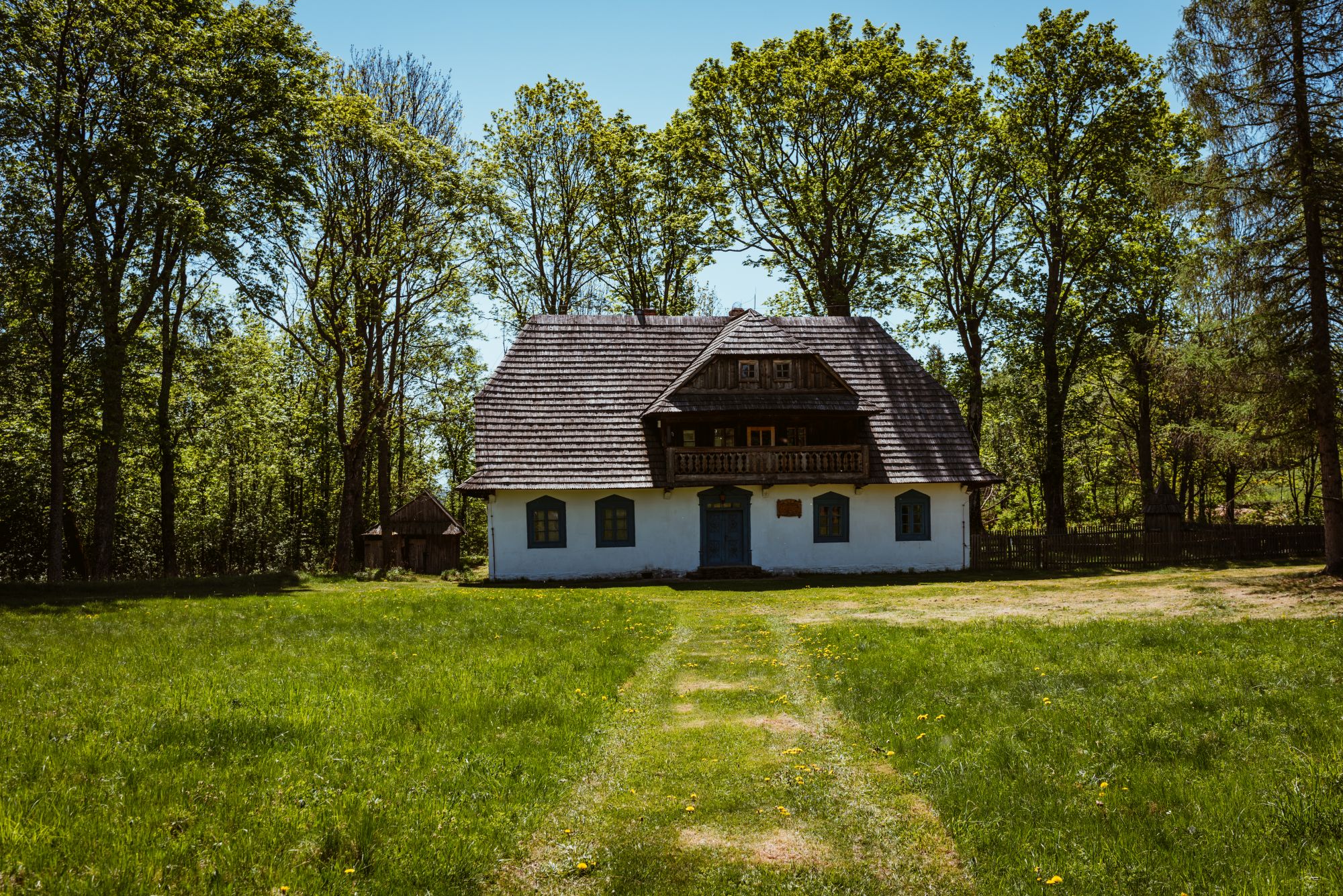
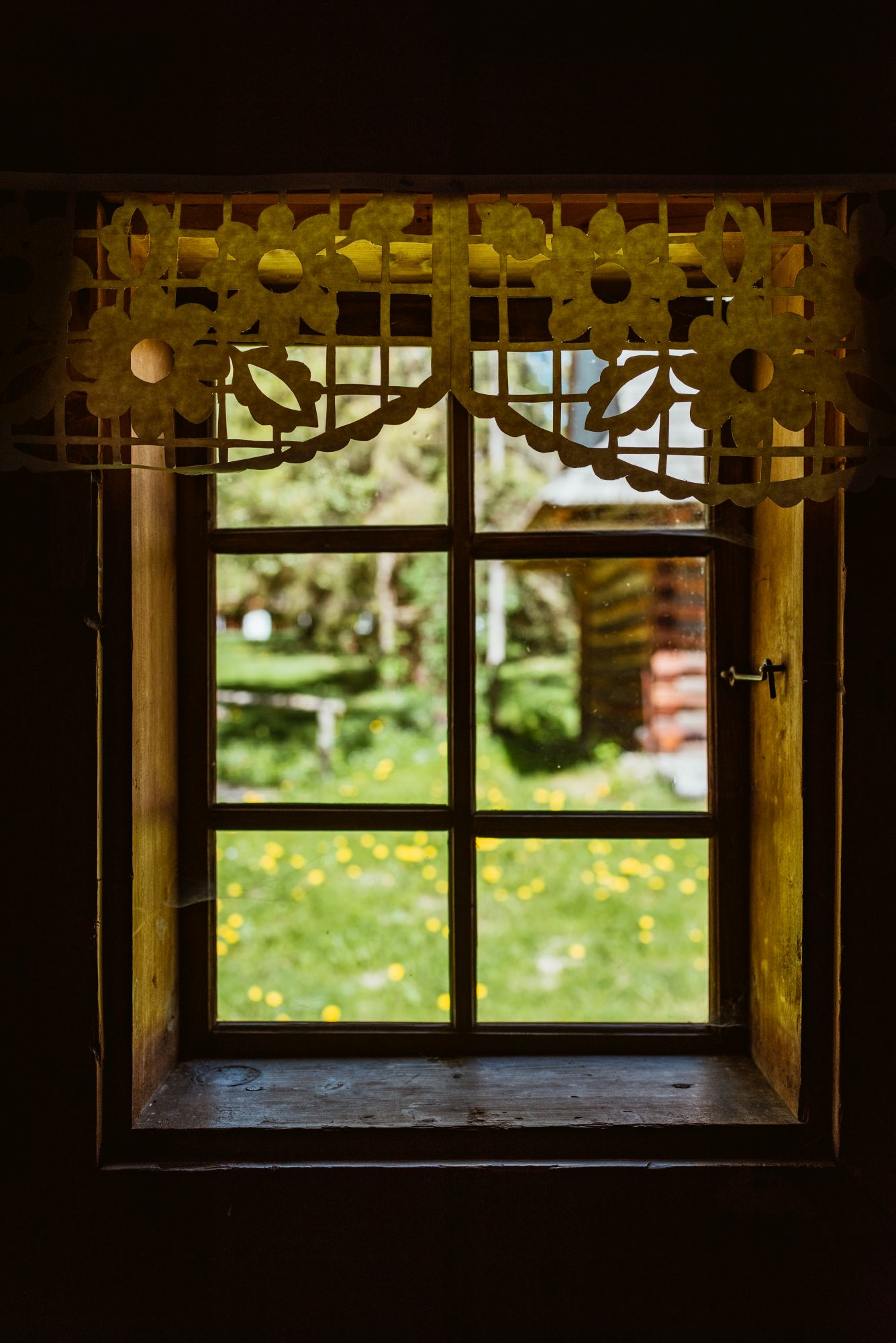
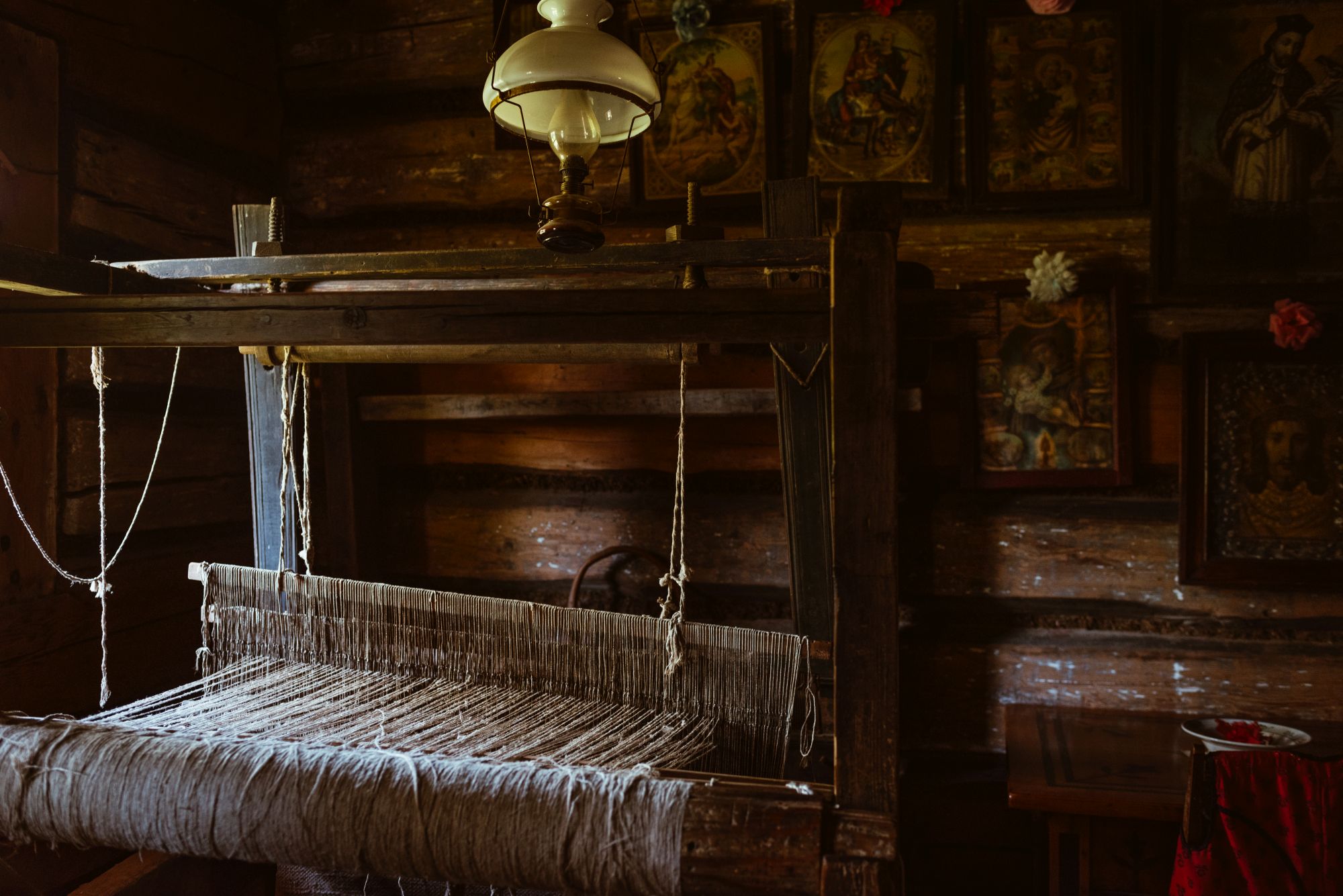
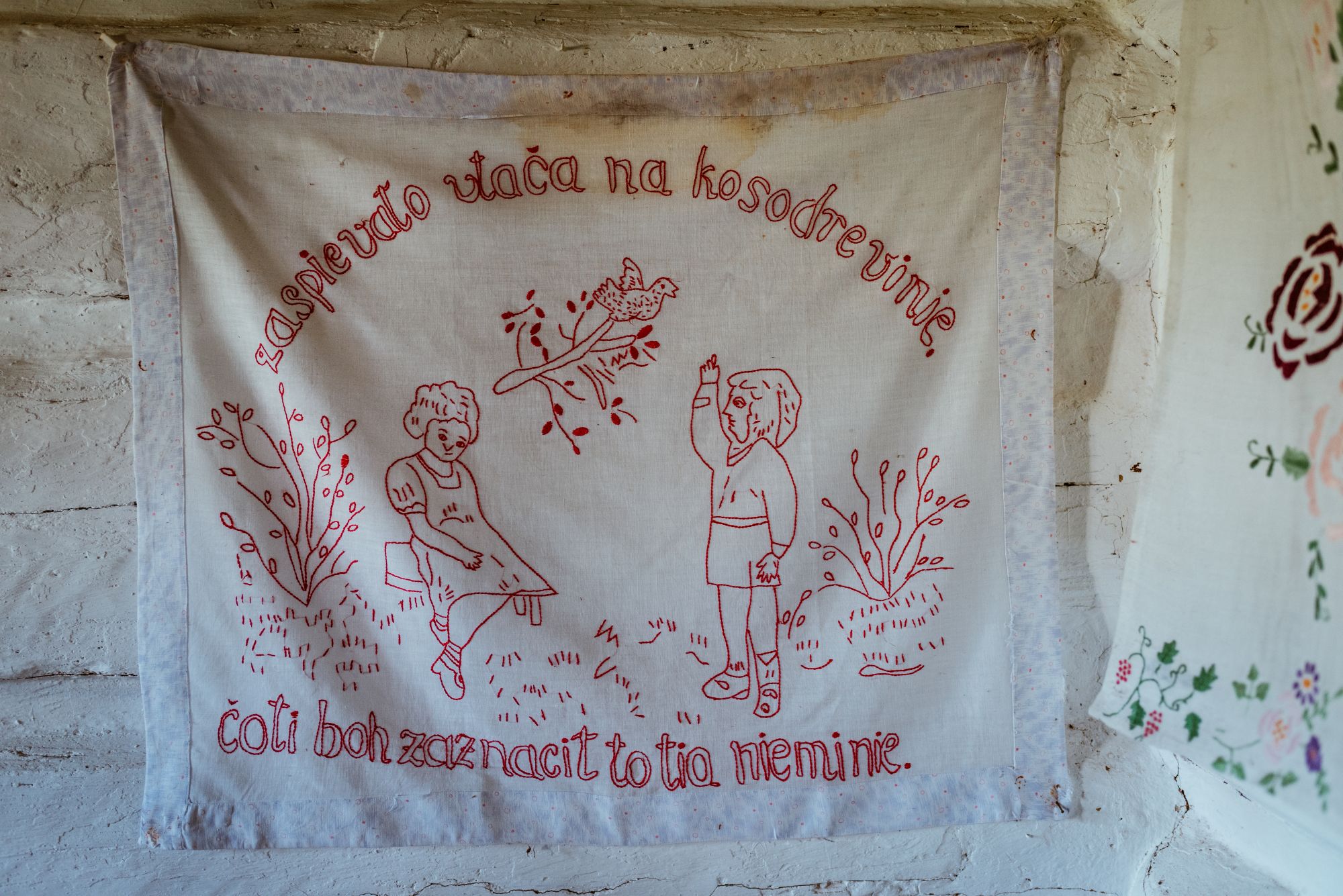
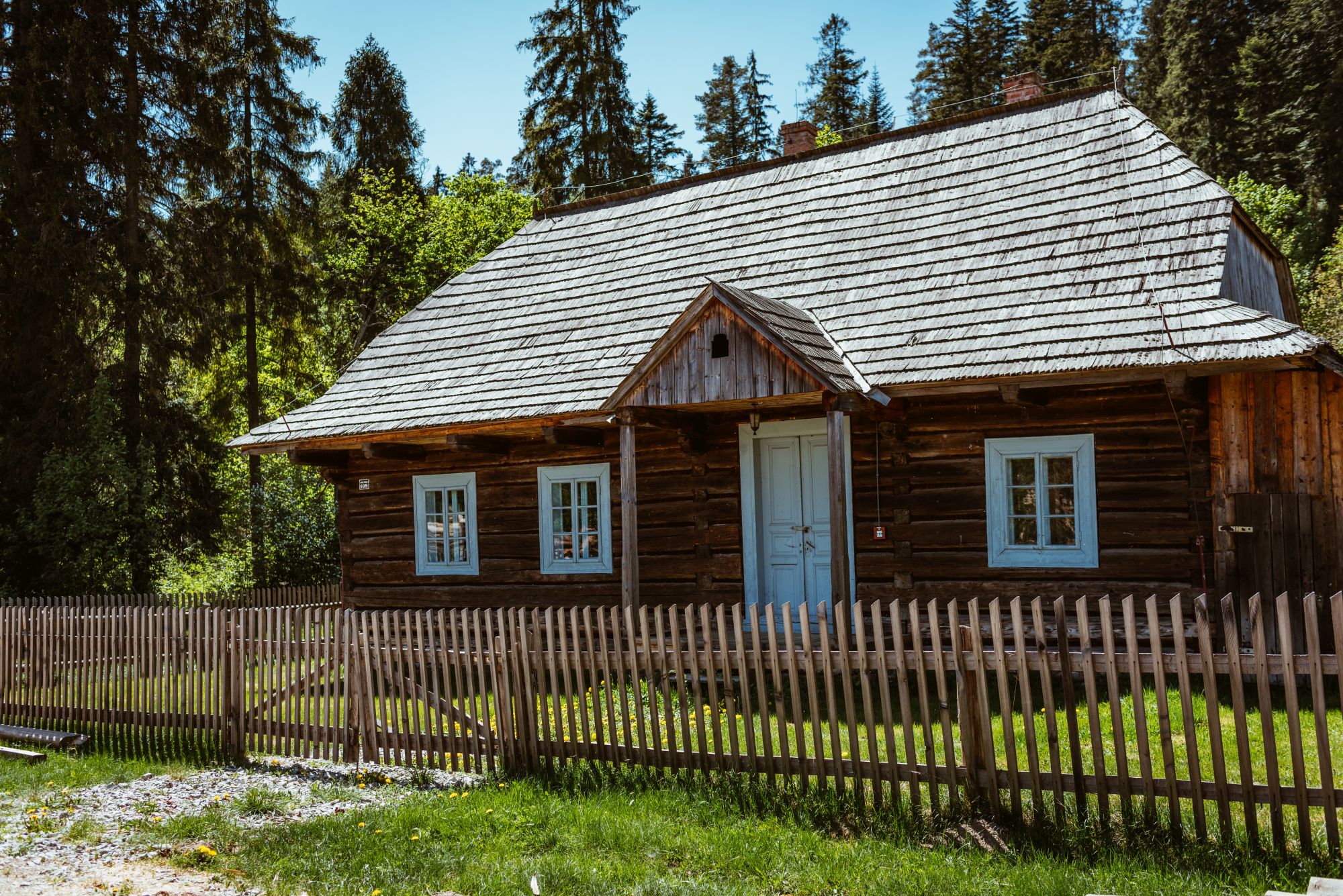
The origins of this first open-air museum in post-war Poland date back far back to the 1930s. It was then that the noble descendants of the Moniaks, a village head and noble family from Orava, donated the remaining part of their ancestral estate - the land with the manor and farm buildings - to the State Treasury. Their ancient manor estate in an irregular layout, with a small park surrounded by streams, with the silhouette of Babia Góra visible in the background, became the beginning of today's open-air museum.
In 1951, after the death of the last of the family, Joanna Wilczkowa - who lived in the ancient family seat on a life sentence - the destroyed manor house and the complex of farm buildings were carefully renovated by Dr. Hanna Pieńkowska. It was then that the idea of organizing an open-air museum here, collecting the legacy of Orava culture and history, was born. Over time, it was possible to recreate the former Orava village with its buildings, small architecture, rural industry plants and religious buildings, which is still developing and enriching with new elements.
The Museum - Orava Ethnographic Park presents the traditional material, social and spiritual culture of the Polish population of Orava. Peasant farmsteads show the living conditions of the Orava people, from poor to wealthy farmers, and their everyday life, marked by hard work. The holiday season is also shown here - full of joy and hope. Everyday life and festive events are equally full of various procedures - rituals, customs and mores, designed to ensure prosperity in life. In turn, forges, an oil mill, a sawmill and a fulling mill present not only production technologies and the hard work of craftsmen, but also the ability of people to use the forces of nature without destroying it. All this, together with small architecture and the surrounding nature, creates a unique atmosphere of time travel to the world of our ancestors.
In addition to permanent exhibitions, the open-air museum also organizes temporary exhibitions on various topics and various events and meetings. Educational activities have also become an integral element of the museum's activities, the rich offer of which attracts crowds of tourists from all over Małopolska, and often also from more distant corners of the country.
Therefore, today's open-air museum, like the noble manor itself in the past, serves as the cultural center of Polish Orava. Its scientific, educational and cultural activities protect and popularize the region's heritage. A museum is alive primarily when there are viewers - recipients of culture - but also creators who, with all their knowledge and enthusiasm, will be willing and able to show this culture.
Opening hours: July-August
daily 9.00-17.00
September-April
daily 9.00-15.00
May June
Monday-Friday 9.00-15.00
Saturday and Sunday 11.00-17.00
The above hours apply to the opening of the area to visitors, the last entry to the museum is possible 1.5 hours before closing.
Monday is a free day on which it is possible to visit the site on your own, without a guide or entering the interior.
The most important cyclical event is the Blueberry Festival - the largest cyclical outdoor event of a folkloric nature, traditionally held in the open-air museum on the last Sunday of July. The program is based on performances by regional and folk groups, presentations of old crafts, regional products of Polish and Slovak Orava, as well as dance and music of the region. The Blueberry Festival is accompanied by a folk and professional art fair, competitions, tasting of regional dishes and many other attractions for adults and children. At the same time, it is not an ordinary festival - traditional handicrafts and authenticity, which are the most beautiful things in folk culture, are promoted here.
How will you find us?
Our address: Zubrzyca Górna, Zubrzyca Górna, Lesser Poland Province, Poland
Get directions on Google Maps